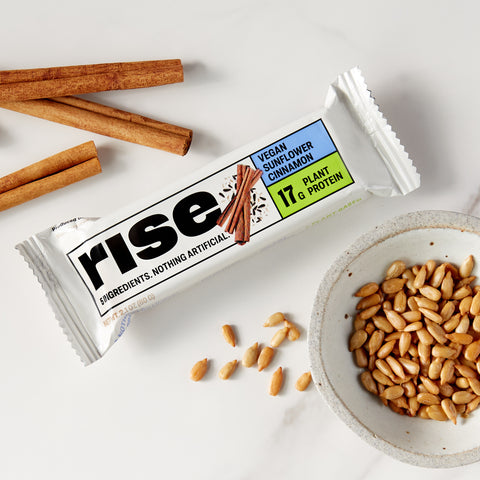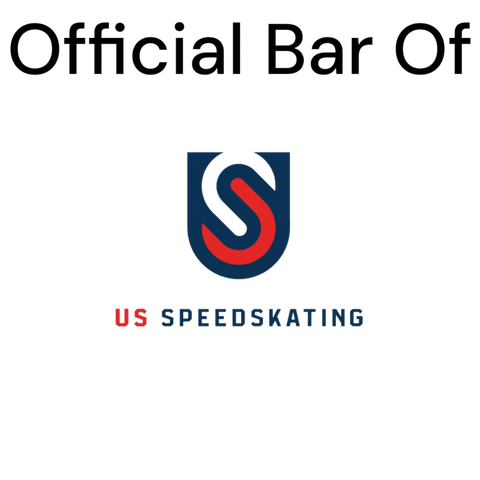What you do after an intense sweat session can make or break your progress. More than taking the time to rest, recovery is essential for helping your body adapt, prepare, and grow stronger for your next challenge. But here’s where most people fall short: they treat recovery as an afterthought instead of a crucial part of their fitness journey. That’s where active recovery comes in, and the science backs it.
A recent study published in Jurnal SPORTIF found that active recovery was significantly more effective than passive recovery in optimizing body temperature (p<0.05) and reducing fatigue. Translation? Moving continuously on your rest days, through low-intensity activity, helps your body bounce back faster and prevents overtraining. Incorporating smarter recovery strategies can improve your performance, reduce injury risk, and even boost your motivation to stay consistent. From sauna sessions to delicious protein snacks, recovery days can be just as powerful as your hardest workouts, if you know how to use them.
Tips for Recovery Days That Actually Work
So, how do the pros do it? According to a study on Russian endurance athletes, sauna bathing (96.7%), massage (86.9%), long night sleep (61.4%), and even daytime naps (81.0%) top the list of most-used recovery techniques. And there's a reason elite athletes swear by these methods: they work.
Sauna sessions help increase circulation, flush out metabolic waste, and ease muscle tension. Massage, whether working with a pro or using a percussive tool at home, speeds up lymphatic drainage and lowers cortisol levels. Even something as simple as a daytime nap or a solid 9-hour night of sleep can accelerate muscle repair and cognitive function.
Interestingly, despite their scientific support, cold water immersion and compression garments were underused, with only 15.0% and 7.8% of athletes, respectively, utilizing these. But don’t let that deter you. If you're not a pro athlete with access to regular massage or sauna, these alternatives can fill the gap effectively and affordably.
And let’s not overlook nutrition and hydration: two pillars that can’t be skipped. Rehydrating, replenishing electrolytes, and prioritizing real food over processed options all play into the quality of your recovery.
Tools That Can Elevate Your Recovery Game
With today's wellness tech, you can turn your home into a recovery sanctuary. Start with a high-quality massager: QVC's personal care lineup includes innovative solutions like the Lifepro Velocity Massage Roller Ball, ideal for deep tissue release when you overdo your workout days. The ball's contoured design helps deliver vibrations to hard-to-reach areas, allowing this portable tool to mimic the effects of a professional massage, improving circulation and reducing muscle soreness.
For compression clothing lovers, tech-meets-textile brands are leveling up. Enter the Bandit Superbeam Half Tights, crafted with sustainable Italian fiber and built for support and breathability. Their UV50+ protection and double-layered front panel show that form and function can coexist, offering targeted support without sacrificing comfort. This kind of gear isn’t just stylish; it’s smart recovery wear designed for modern athletes.
And for those intrigued by cryotherapy, cold exposure remains scientifically backed. They help reduce inflammation and muscle damage post-training, even if you can’t commit to a full-body cryo chamber session. You can opt to use ice packs or create an ice bath in your tub as more affordable options. Of course, if you do have the budget, brands like CryoBuilt sell home setups to manage pain, inflammation, metabolism, and even weight loss.
The best part? Many of these tools can be seamlessly incorporated into your daily routine. Whether you're lounging at home or finishing up a cool-down walk, adding wearable tech or a 10-minute massage can go a long way.
Tricks to Maximize Recovery Day Nutrition and Energy
Let’s talk fuel, because recovery doesn’t stop at the gym. One of the most effective (yet underrated) recovery hacks is strategic nutrient timing. Recent research revealed that carbohydrate ingestion within the first few hours post-exercise is critical for glycogen replenishment. And when carbs are combined with protein, the recovery benefits skyrocket. Think of it as a fast track to muscle repair and energy restoration.
But here’s the twist: quality matters. Whole food–based snacks like Rise Bar’s minimalist protein bars offer a clean, powerful option. Made with real ingredients and a low glycemic index, these bars deliver steady energy without a blood sugar crash. They also help you stay full and focused, making them a go-to trick for both post-workout and recovery days.
For those looking to experiment, sodium bicarbonate (baking soda) is emerging as a possible ergogenic aid. While its effectiveness in recovery is still being studied, early data suggests it may help reduce muscle acidosis, especially in high-intensity athletes. Just be cautious with dosing; it’s potent and not for everyone.
Lastly, never underestimate the power of simple hydration and active mobility work. Pairing your snack game with a light walk, yoga, or even foam rolling can reinforce circulation and set the tone for full-body recovery.
Conclusion
Your recovery days aren't "days off" from exercise; they're an essential part of your training strategy. By embracing proven tips like sauna use and long sleep, investing in recovery-enhancing tools like compression tights and massage rollers, and fueling up with nutrient-dense snacks like Rise Bars, you're resting and actively growing stronger. Whether you aim to lift heavier, run farther, or simply feel better, recovery is your secret weapon. And the best part? It’s all in your control. Treat it with the same intensity and intention as your workouts; the results will speak for themselves.
Written by Margaret James for risebar.com



